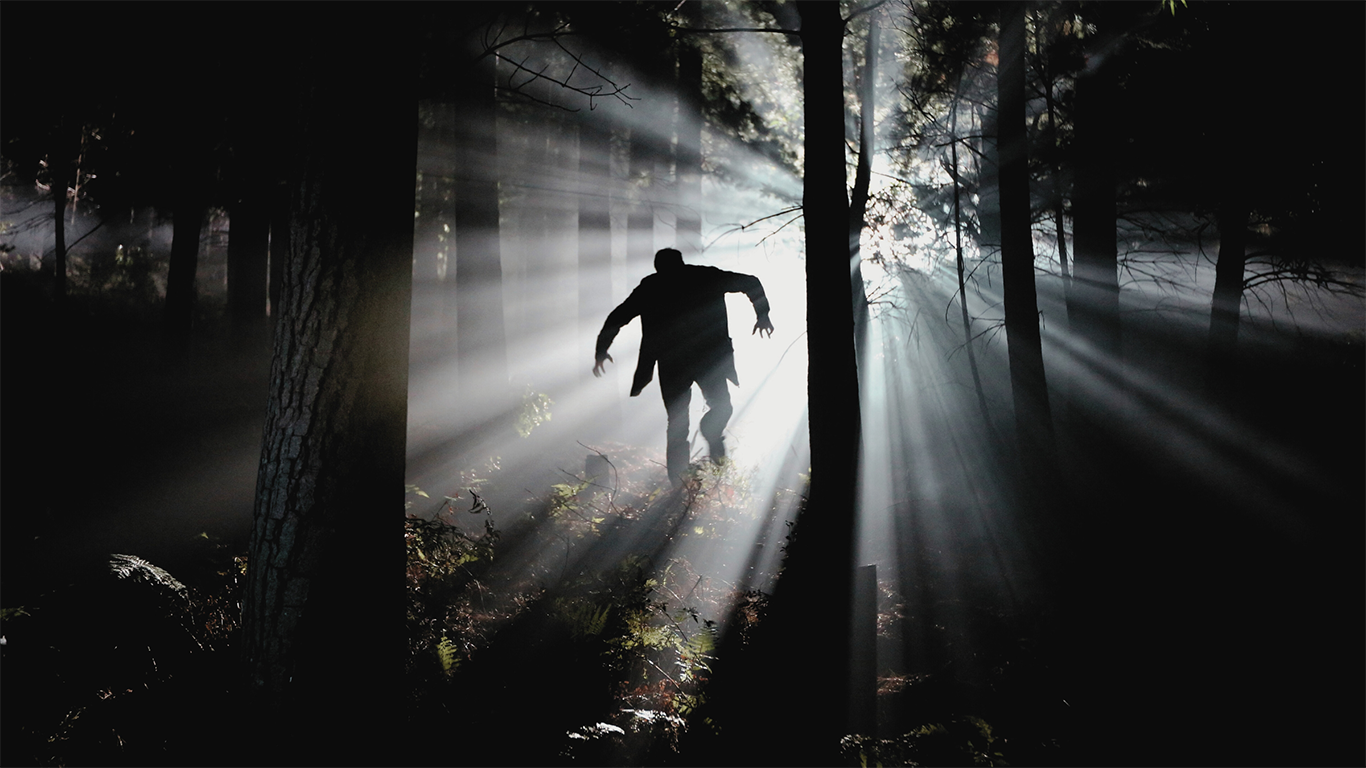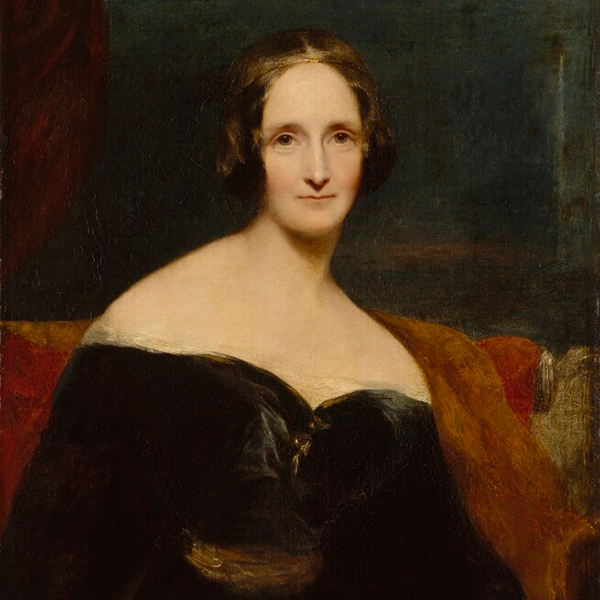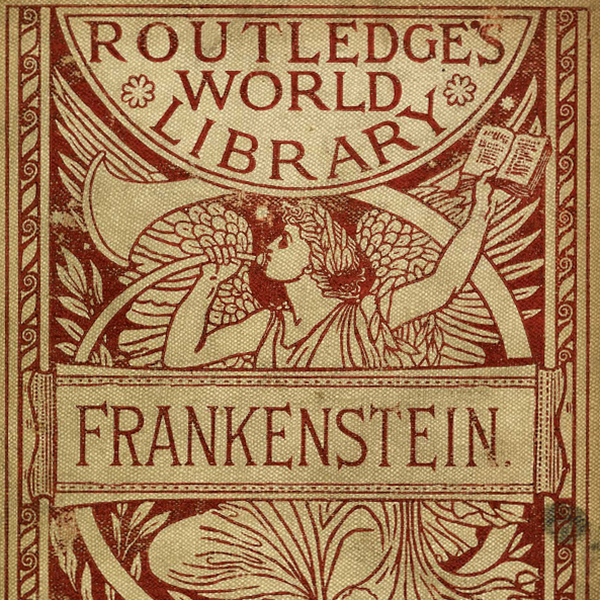
Frankenstein
Frankenstein, or The Modern Prometheus is a novel written by the English author Mary Shelley about the eccentric scientist Victor Frankenstein, who creates a grotesque creature as part of a scientific experiment.
Mary Wollstonecraft Shelley (b.1797 – d.1851)
Mary Shelley was born on 30th August 1797 in London, England. She was the only child of radical thinkers and writers, William Godwin and Mary Wolstoncraft. Mary’s mother (an influential advocate of women’s rights) died soon after she was born and Mary was subsequently educated by her father. In 1812, she fell in love with the married romantic poet, Percy Bysshe Shelley. In May of 1814, Mary, Percy, their infant son and Mary’s step-sister, Claire Clairmont travelled to continental Europe and spent time at the Villa Diodati in Geneva, the new home of the famous poet, Lord Byron. Due to the dismal weather of the summer of 1818, the visiting group (consisting of the Shelleys, Claire Clairmount, Lord Byron and his personal doctor, John Polidori) spent much of their time gathered indoors where the topics of galvanism and other occult ideas were major themes of conversation. One evening, Lord Byron proposed that each of them attempt to write a ghost story and it was in this context that the eighteen year old Mary Shelley began writing her most famous and enduring work, Frankenstein. The first edition was subsequently published anonymously in London in 1818 with Mary’s name appearing on the second edition which was published in France in 1823.

Frankenstein, or The Modern Prometheus
Frankenstein, or The Modern Prometheus is a novel written by the English author Mary Shelley about the eccentric scientist Victor Frankenstein, who creates a grotesque creature as part of a scientific experiment. Frankenstein includes some elements of the Gothic novel and the Romantic movement and is also thought to be one of the earliest examples of science fiction. The novel moves between multiple first-person narrators. Letters 1-4 (at the start of the novel) are narrated by Robert Walton. Chapters 1-10 are narrated by Victor Frankenstein. Chapters 11-16 are narrated by Frankenstein’s monster. Chapters 17-23 are narrated again by Victor Frankenstein. Finally, Victor Frankenstein narrates the start of chapter 24, which is then completed by Robert Walton. Shelley’s novel has had a lot of influence across literature and popular culture. It has inspired a range of horror stories, films, and plays. Since its publication, the name “Frankenstein” is often used to refer to the monster itself. This usage is sometimes considered erroneous, but commentators regard the monster sense of “Frankenstein” as well-established and an acceptable usage. In the book, the monster is identified via words such as “creature”, “monster”, “fiend”, “wretch”, “vile insect”, “daemon”, “being”, and “it”. Speaking to Victor Frankenstein, the monster refers to himself as “the Adam of your labours”, and elsewhere in the book as someone who “would have” been “your Adam”, but is instead “your fallen angel.”

Edition
This text version is based on the Project Gutenberg edition of Frankenstein, released June 17 2008.
Other Notable Works by Shelley:
History of a Six Weeks’ Tour (1817)
Valperga (1823)
The Last Man (1826)
The Fortunes of Perkin Warbeck (1830)
Lodore (1835)
Falkner (1837)
You can find out more about the fascinating life and work of Mary Shelley here.
To read more about the circumstances that led to Shelley’s creation of Frankenstein, please see here.
Image Credits:
Portrait of Mary Wollstonecraft Shelley by Richard Rothwell. Oil on canvas, circa 1831-1840 29 in. x 24 in. (737 mm x 610 mm.) Bequeathed by the sitter’s daughter-in-law, Jane, Lady Shelley, 1899 Primary Collection National Portrait Gallery 1235. Creative Commons (CC BY-NC-ND 3.0) Link: NPG.
Shelley, Mary Wollstonecraft, and Haweis, H. R. Frankenstein, Or, The Modern Prometheus / by Mrs Shelley ; with an Introduction by the Rev. Hugh Reginald Haweis. London: George Routledge & Sons, 1886. Print. Routledge’s World Library; No. 25.

Funding
This research was conducted with the financial support of Science Foundation Ireland [12/RC/2289_P2] at Insight the SFI Research Centre for Data Analytics at University College Dublin.